The first Friday in May is International Sauvignon Blanc Day, so pop open one of those easy-drinking, zippy white wines to toast the day. I recently learned that it was the folks at St. Supéry that founded #SauvBlancDay in 2010 and who better as they make a delicious one! Like so many other international varieties, Sauvignon Blanc hails from France, particularly the Loire Valley and Bordeaux. But, Sauvignon Blanc is well traveled and is grown in a wide variety places – each with a distinct character. We see you New Zealand. It is a variety that very much responds to its terroir, producing various styles depending on where it is grown.
And it’s made in a variety of styles. Some versions are crisp and clean and see no oak, others are balanced with a kiss of light oak, while yet others are more full-bodied having seen significant oak. There are even dessert dessert wines (some of the best in the world) made with Sauvignon Blanc.
What’s even more cool about Sauv Blanc is that is has the ability to pair with some notoriously difficult foods like asparagus, Brussels sprous, and other “green stuff.” So here’s a bit of primer on some of the many faces of Sauvignon Blanc to help you celebrate International Sauvignon Blanc Day.
Loire Valley
The Loire Valley’s Sancerre and Pouilly-Fumé are considered the gold standard for many when it comes to Sauvignon Blanc. These wines really do show an elegance that other versions rarely can produce. In case you’re a newbie, just know that when buying these wines, you will not see ‘Sauvignon Blanc’ on the label, but rather will see the regions of Sancerre & Pouilly-Fumé on the bottle. Sancerre and Pouilly-Fumé are known for their chalky, stone soils which give the wines a mineral, almost steely or wet stone characteristic. These wines tend to be dry and high in acidity. We’re talking razor sharp acidity here which makes this acid head happy! Additionally, wines from Pouilly-Fumé often are a bit smoky. There are tons I love, but here are a few that are relatively easy to find:
- Domaine Lucien Crochet – Sancerre La Croix du Roy ($43 Houston Wine Merchant; $30 at Kroger)
- 2018 Marc Deschamps Champs de Cri, Pouilly-Fume, Loire, France ($33 at Kroger)
- Pascal Jolivet Sancerre, France ($25 at Total Wine)
Bordeaux
While the wines of the Loire are known for their bracing acidity, Sauvignon Blanc from Bordeaux tends to see some oak aging (but usually more subtle than New World versions) resulting in wines that are a bit fuller bodied and richer. In Bordeaux, Sauvignon Blanc is often blended with Sémillon which takes the edge off the acidity in the wine. So you’re left with a wonderful balance of acidity and creaminess. When looking for a Bordeaux Blanc, wines from Pessac-Léognan and Graves are always a sure bet. However, don’t overlook the wines from Bordeaux’s Entre-Deux-Mers appellation as these wines are often a bargain and delicious to boot. And of course, don’t forget about those sweet white Bordeaux wines which are so delicious to pair. A couple I’ve enjoyed include:
- Rothschild Blanc Selection Prestige, Entre-Deux-Mers, Bordeaux ($20 at Total Wine)
- L’Esprit de Chevalier Blanc, Pessac-Léognan, Bordeaux ($30 at Wine.com)
New Zealand
Ah New Zealand. Ask almost anyone what country makes Sauvignon Blanc and most people will immediately say New Zealand. While Sauvignon Blanc may have originated in France, New Zealand put its own mark on the grape and produces a globally beloved wine with high acidity and typical grassy, herbal, grapefruit, and gooseberry flavors. It’s the national grape and they’ve done wonderful things with it. The most famous expression from the country comes from Marlborough. While Marlborough is similarly cool to the Loire Valley, it receives more sunlight resulting in wines that exhibit more fruit flavors. Admittedly, I struggle with NZ Sauv Blanc because I don’t love the super green, grassy versions, but there are some that I do enjoy, including:
- Love Block Sauvignon Blanc, Marlborough, NZ ($18 at Total Wine; $21 at Spec’s and Wine.com)
- Greywacke Sauvignon Blanc, Marlborough, NZ ($21 at Total Wine)
USA
Sauvignon Blanc can certainly be found in the USA including both Napa and Sonoma. The Cali wines tend to exhibit more tropical fruit flavors with medium acidity (as opposed to the high level of bracing acidity found in NZ and the Loire Valley) as the regions are a bit warmer. Of course, California is known for its (over?) oaking of Sauvignon Blanc too. In fact, California took oak aging to a new level when winemaker Robert Mondavi, whose wines showed significant amounts of oak, created “Fumé Blanc” as a marketing tool. While Fumé Blanc has traditionally been associated with oaky wines, there are some versions now that use the term for wines with no oak and are delicious! And do venture further south in California as there is some lovely Central Coast Sauv Blanc. And I gotta rep Texas because winemaker Ben Calais makes just a mind bogglingly delicious Sauv Blanc that I love to keep on hand. A few to consider:
- St. Supery Estate Sauvignon Blanc, Napa ($18 at Total Wine)
- Calais Winery Cuvée du Rocher, Texas High Plains ($36 at winery)
- DeLille Cellars Chaleur Estate Blanc, Columbia Valley, WA ($36 at Total Wine & Spec’s)
- Grounded by Josh Phelps Sauvignon Blanc, California ($13 at HEB and Wine.com)
Chile
Chile produces Sauvignon Blanc for just about every style preference, but at a fraction of the price. You can get the racier, acidic versions of the Loire as well as the rounder, more fruit forward versions of California or Bordeaux. If you want grass and citrus, they have it. Tropical fruit? They can do that too. Some of the best versions come from the Leyda and Casablanca regions, but there are also notable versions from the Central Valley including this Viu Manent Reserva Sauvignon Blanc from the Colchagua Valley Zone. A few I enjoy:
- Leyda Sauvignon Blanc, Leyda Valley, San Antonio Valley, Chile ($19 at Wine.com)
- Lapostolle Sauvignon Blanc, Rapel Valley, Chile ($14 on Wine.com)
- Ritual Sauvignon Blanc, Casablanca Valley, Chile ($15 at Spec’s)
Australia
World-class Sauvignon Blanc is grown in a number of areas in Australia including Adelaide Hills in South Australia and Margaret River in Western Australia. Versions from Adelaide Hills are usually single varietal and while it has the classic vibrant acidity, it also exhibits pronounced fruit flavors. Sauvignon Blanc from Margaret River is typically blended with Sémillon for a fuller bodied Bordeaux style blend. Two I like are:
- Shaw & Smith Sauvignon Blanc, Adelaide Hills, Australia ($21 at Wine.com)
- Snake and Herring Perfect Day Sauvignon Blanc Semillon Margaret River, Australia ($20 at Total Wine)
South Africa
Most people don’t think of very warm South Africa as a place for cool climate Sauvignon Blanc. But the country creates a significant amount of very good Sauvignon Blanc in the Western Cape area. Winegrowing is possible due to Benguela Current coming up the west coast from Antarctica which brings with it cooking winds off the Southern Ocean and South Atlantic.
- Spier Seaward Sauvignon Blanc, Stellenbosch, South Africa ($17 at Total Wine)
- Southern Right Sauvignon Blanc, Walker Bay, South Africa ($18 at Houston Wine Merchant; $16 at Wine.com)
- Mulderbosch Sauvignon Blanc, South Africa ($17 at Wine.com)
Sauvignon Blanc also pops up in Spain’s Rueda and Northeastern Italy amongst a few other places. So drink up and toast International Sauvignon Blanc Day.
*Cover Image Courtesy of Shutterstock
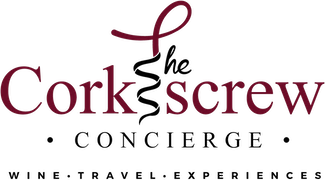
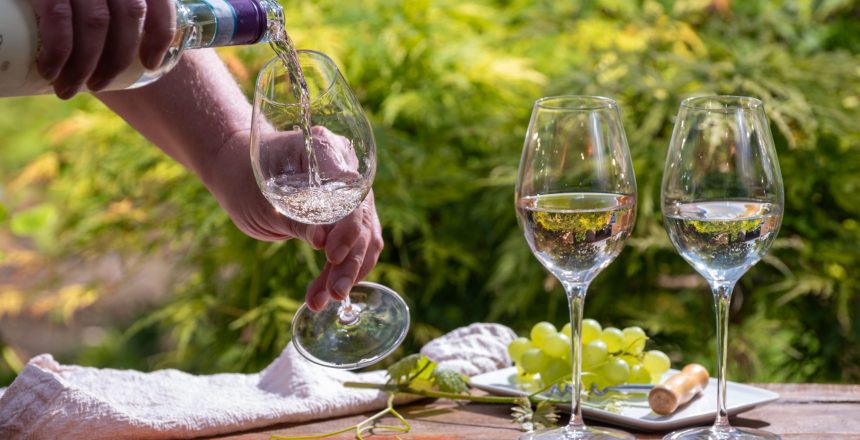
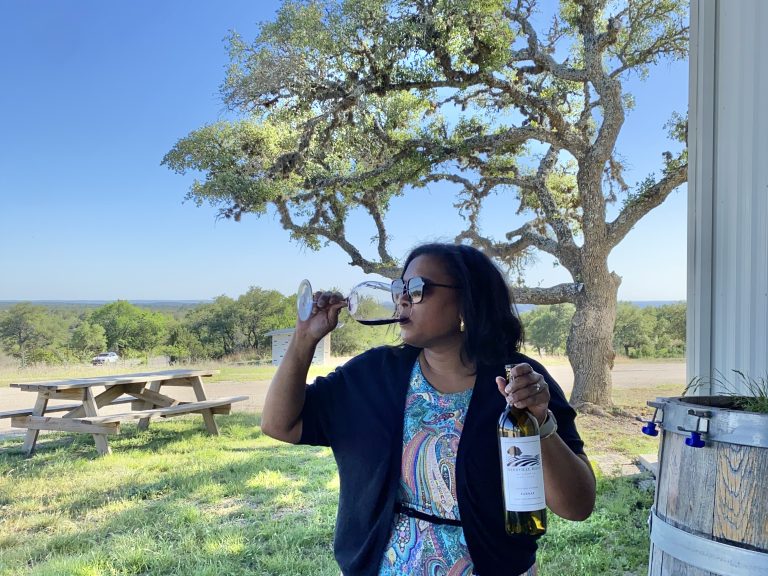
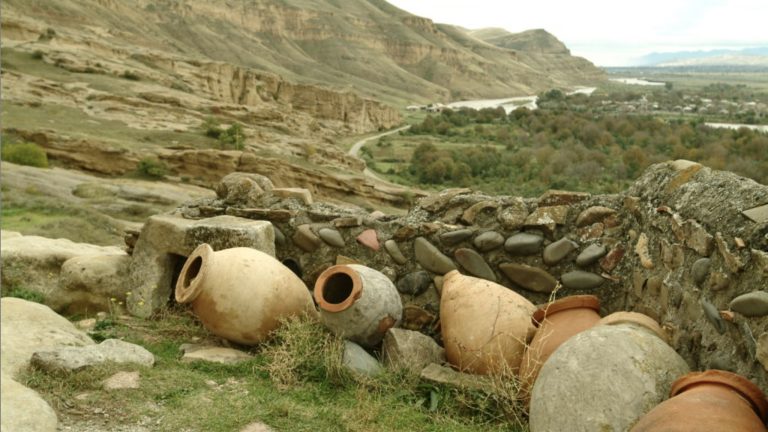
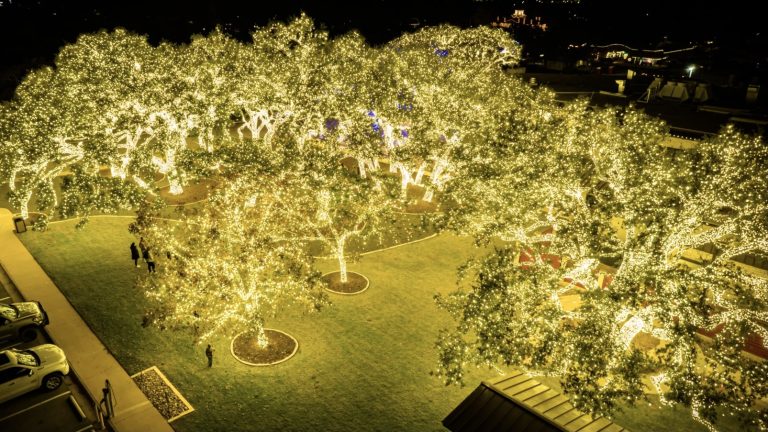
2 Comments
Jeff Arnold
•3 years ago
Sauvignon Blanc is the Swiss Army of wine! So versatile and under-appreciated! Keep up the informative pieces. As a somm, I am always up for reading more. Check out my upcoming Jeep wine touring business in Sonoma:
https://www.vinesofsonoma.com
Kat
•3 years ago
Thanks for checking it out. Sounds like you have an exciting new venture. I’ll be sure to check it out.